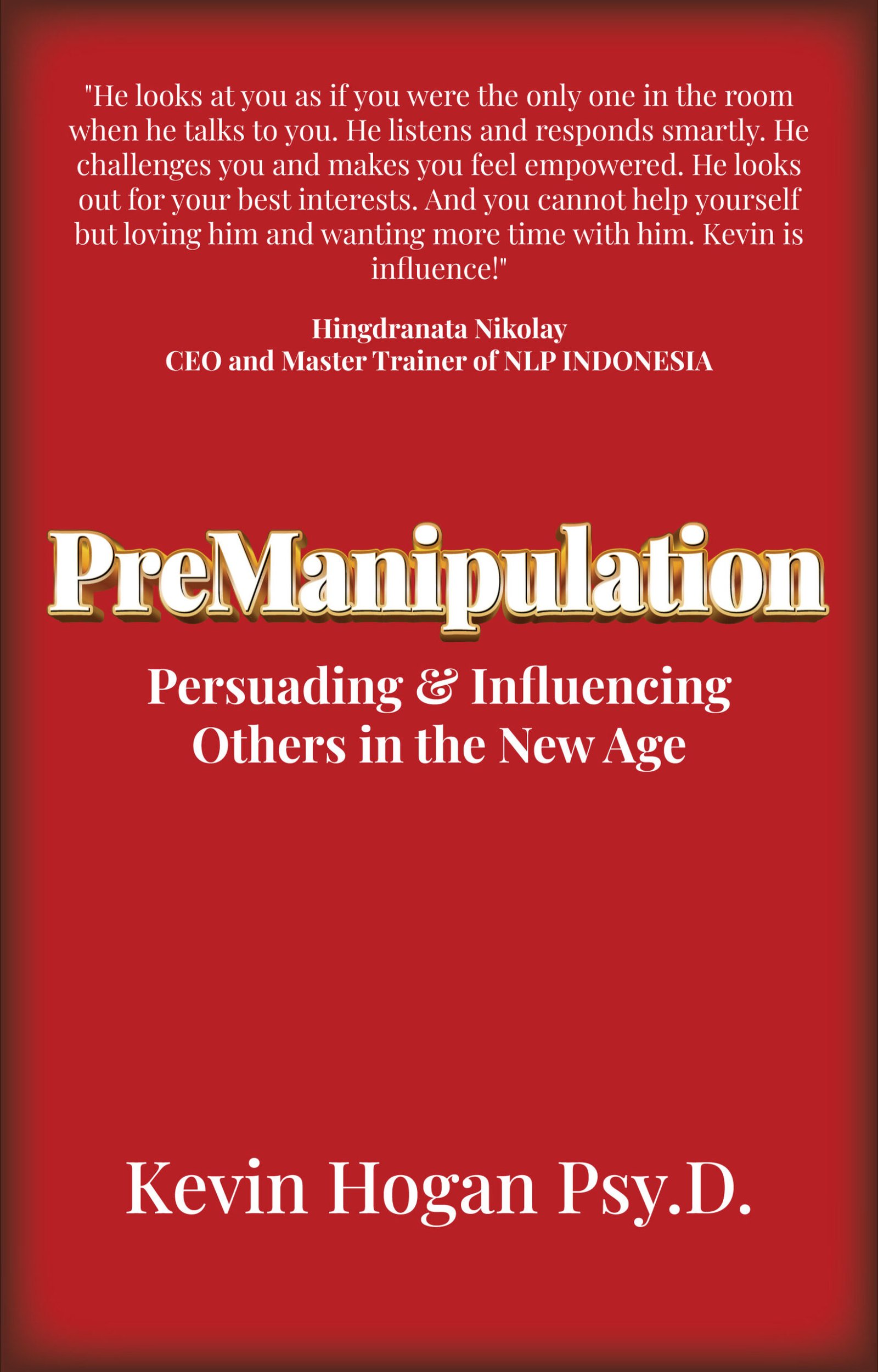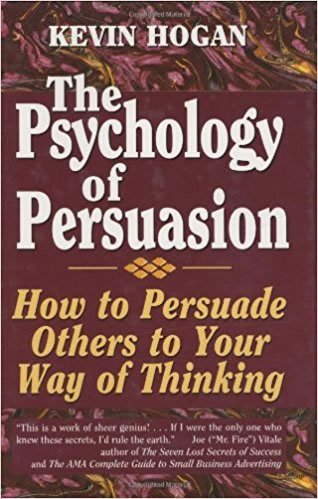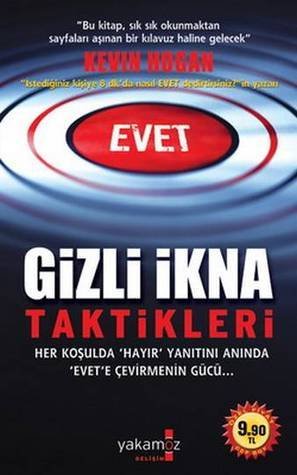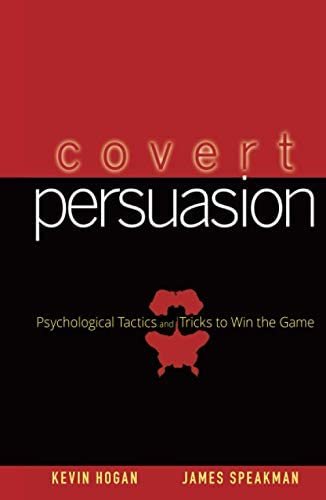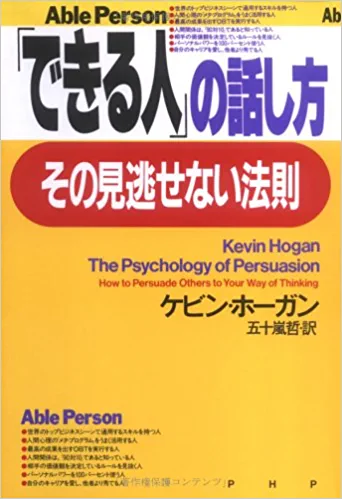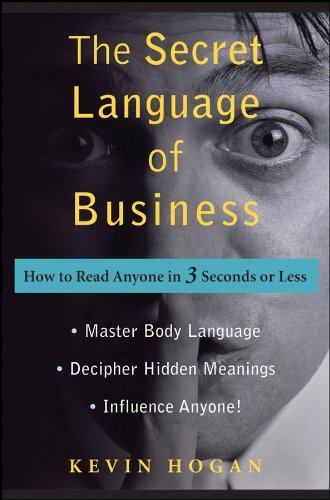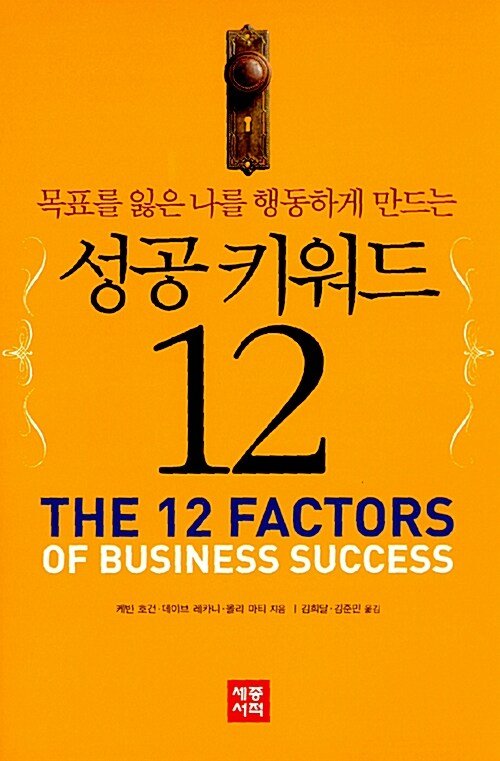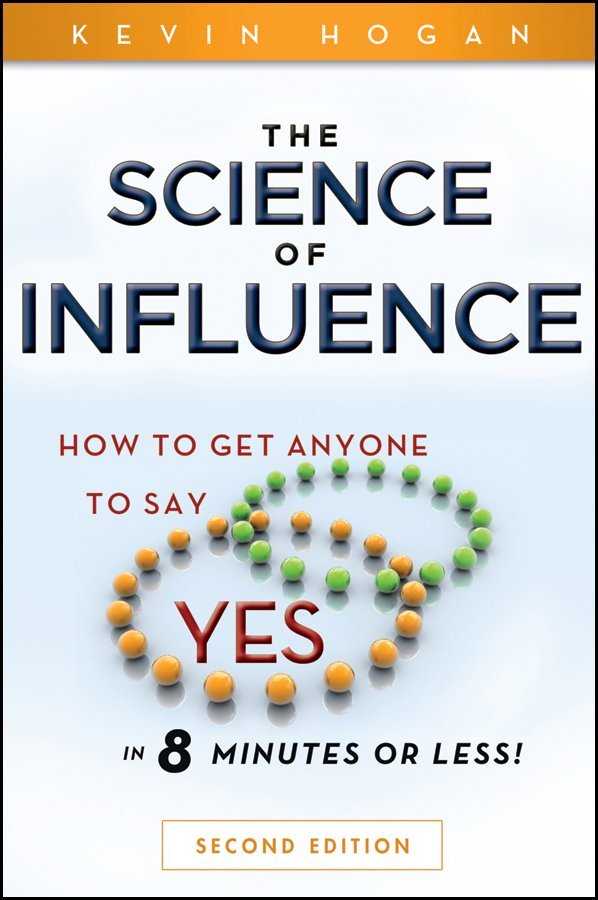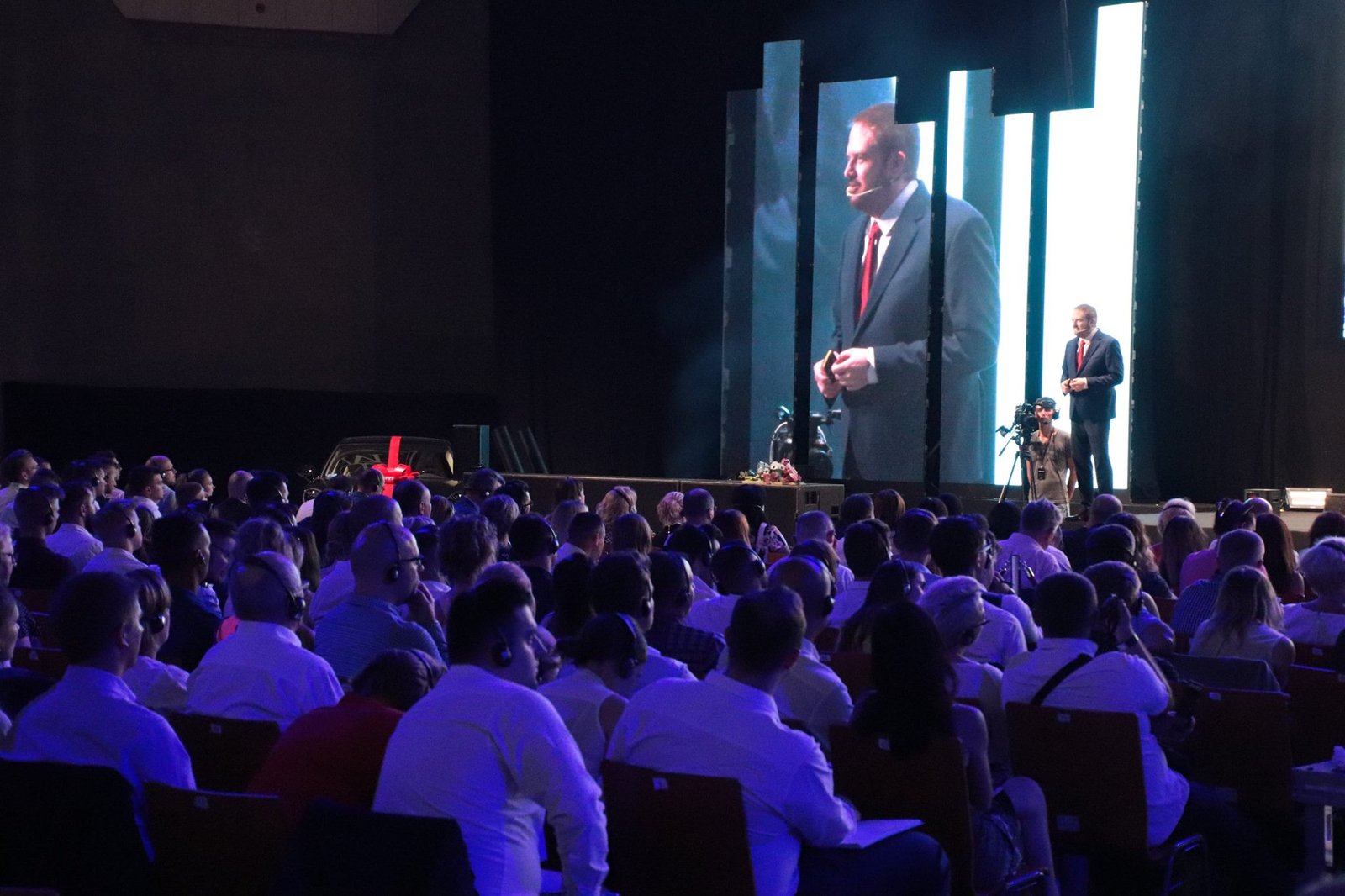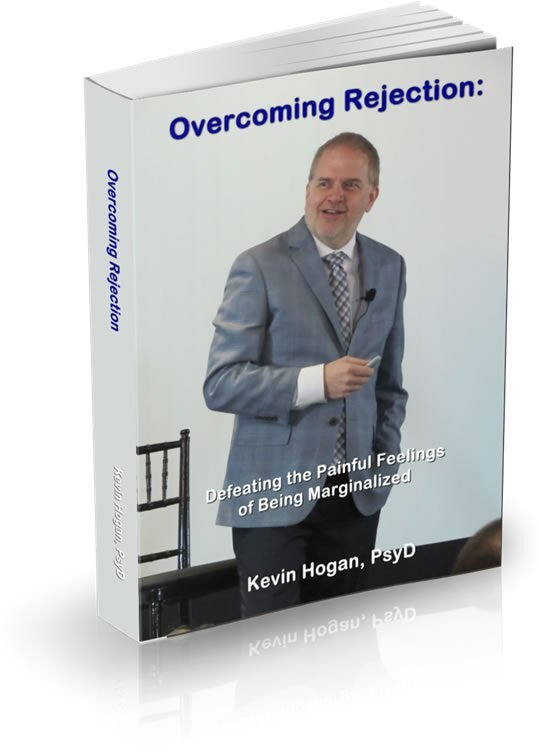Even if you say all the right things, you’re only halfway to being hired. An at-a-glance guide to sending the right signals for success. by Paul Bibeau (Reprinted with permission – article appeared in the June 1998 issue of Mademoiselle)
You just got the call from the office where you interviewed last week. Your resume was good and your credentials were sterling – but you didn’t make the cut. What happened?
In the pressure-cooker world of the job interview, where you have about half an hour to convince someone to pick you, sometimes it boils down to a “vibe” you give off. Here is where body language – the signals you send through your posture and gestures – comes into play. In a study conducted by anthropologist Ray Birdwhistell, Ph.D., people watching a verbal exchange between two other people based 65 percent of their impression on the nonverbal signals exchanged. “If a person’s body language contradicts her words, people will tend to believe what they see,” says Hilka Klinkenberg, author of At Ease….Professionally (Bonus Books, 1992), and managing director of Etiquette International, a New York City consulting firm. Just follow the steps below, and you’ll soon be emitting a crystal-clear message that says, “Hire me.”
Prepare Yourself for the Big Day.
A week before you go in, advises Klinkenberg, practice sitting in a straight-backed chair without fidgeting. One trick that can help you be more aware – and more in control – of your movements, she adds, is wearing wrist weights. The added weight will make it harder for you to jerk your hands around while you talk. Also, grab a friend to get the “feel” of arm’s length distance. “If you’re standing closer than that to your interviewer,” says Klinkenberg, “you’ll invade her personal space.” (However, if you stand more than three to four feet away, you run the risk of looking aloof.)
And wear your new suit once or twice beforehand, to get comfortable in it. Finally, practice your handshake. When you shake hands with someone for the first time, don’t try to wow her with your firm grip; gauge how your shakee does it and gently match her squeeze. “People always consider themselves the yardstick for what’s normal,” says Donald Moine, Ph.D., president of the Association for Human Achievement, a consulting firm in Palos Verdes, California. By copying your interviewer’s grip, you will appear solid and friendly – an ideal choice for someone who will sit in the office next door.
Don’t be a slouch.
Good posture isn’t about standing at tin-soldier attention; it’s about carrying yourself so you look as if you have a spine and a purpose. the key to waling tall is knowing where you’re going, says Klinkenberg. “Don’t make a move until you see where you’re headed.” Then, she adds, when you’re parking yourself in the interview chair, plant your butt firmly against the seat so your back is supported. Don’t sit so straight that you need a chiropractor the next day. During the inquisition – uh, the interview – breathe frequently and deeply. This may sound obvious, but many people forget in the stress of the moment, says Klinkenberg. Shift your posture if necessary, especially during long sessions.
Avoid the evil eye.
There’s nothing like a shifty gaze or glazed stare to make an interviewer think, “This woman is like Peter Lorre’s kid sister. I don’t want to share a neighborhood with her – let alone an office.” Instead, maintain eye contact for five to seven seconds at a time, especially when listening to a question. Eye contact doesn’t mean boring straight into her pupils. The trick, says Kevin Hogan, author of Psychology of Persuasion (Pelican, 1996), is to trace the inverted triangle formed by her eyes and nose and let your gaze move around in that area. Finally, Hogan suggests, when you want a positive response to something you’re saying (such as “I’d really like to work here”), tilt your head slightly and give a small, sincere smile. “It reminds us of the way our mother looked at us,” Dr. Hogan says.
Make your hands talk, not yell.
When gesturing, says Dr. Hogan, imagine a box that goes from your chin to your waist and is as wide as your shoulders. “Keep all your gestures in that box,” he says. “Make sure when you move your hands, they remain closer to your body than your elbows are.” The result: Your hand movements appear controlled and unthreatening. What about when the interviewer asks a real toughie? You know, the one that really has no good answer, like, “Why are you leaving your job?” While you say your piece, Dr. Hogan recommends that you keep your hands folded together with your fingers locked inward in a “here’s the church, here’s the steeple” position. That way, they can’t drum, tap, fiddle nervously or do anything else that would give you away. (Don’t hold them too tightly, though, or you’ll look as if you’re clenching your fists.)
And one more tip about fingers: Don’t point. It reminds people of being scolded, says Klinkenberg. Use your whole hand and gesture with an open palm when you need to indicate something – like the interviewer’s diploma on the wall, your resume or the car you’ll win if you pick what’s behind curtain number three.
Get a leg up on the competition.
Avoid crossing your legs, and under no circumstances put one leg completely over your knee. “It looks like you are trying to put a barrier [i.e., your shin] between yourself and the interviewer. She can read this as a defensive posture,” says Dr. Hogan. “More important, it hampers your blood circulation.” You’re in a job interview: You’re going to need all the blood you can get circulating through your noggin. Remember: Your legs are supposed to carry you to and from the office, then sit there quietly. If they become part of the conversation – or cause you to black out from blood loss – something’s wrong.
By themselves, these moves are obviously no substitute for education and experience. But in the business world, where companies will be comparing you with other equally qualified candidates, body language could give you the edge you need to get your foot – and the rest of you – in the door.
Three Lie Detectors
We know you’re honest. And you know you’re honest. But if you break into a barrage of facial tics, the interviewer is not going to be so convinced. Here are the top dishonesty flags; avoid them, and you’ll look cleaner than a preacher’s daughter.
TOUCHING YOUR FACE. Scratching around the mouth or cheek area is considered a dead giveaway that you are lying. And even under the best of circumstances, it looks kinda weird and gross. “There is nothing good you can do with your hands above the chin during an interview,” says Dr. Hogan.
CROSSING YOUR ARMS. People read this as a defensive, nervous gesture. You might not feel this way; it might simply be a position you find comfortable. But perceptions are what count here.
BREAKING EYE CONTACT. You don’t have to stare, but it’s important to look your interviewer in the eye when she’s asking you a question. Shifting your gaze suggests that you have qualms about what she’s saying. Once the interviewer is finished, it’s okay to look away momentarily before answering, as long as your eyes come back when you start speaking again.
To learn more about how you can begin to read body language like an expert, see Decoding Body Language

